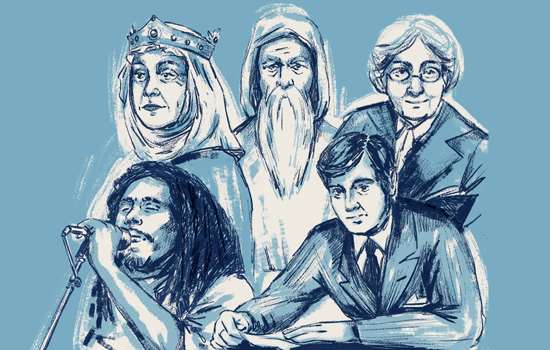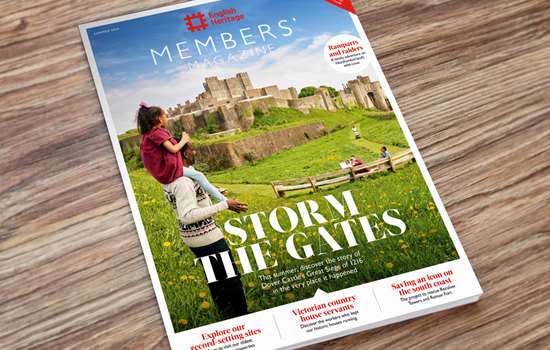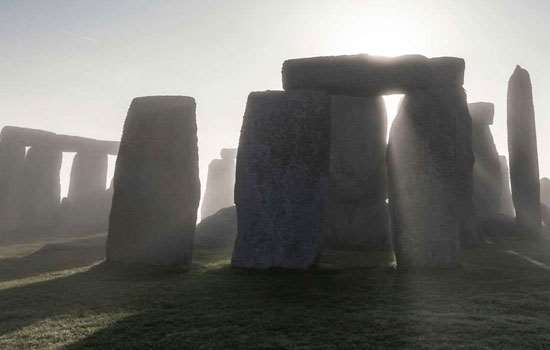King Cetshwayo at Osborne
Discover the story of the encounter between Queen Victoria and an exiled Zulu king.
On 14 August 1882 the Zulu King Cetshwayo kaMpande met Queen Victoria at Osborne on the Isle of Wight. The visit was the culmination of a diplomatic trip to England by Cetshwayo, intended to end his exile from Zululand, imposed after Britain’s defeat of Zulu forces in 1879. The visit changed not only popular opinion in Britain about Cetshwayo, but also Queen Victoria’s perception of the Zulu king.
Born around 1832, Cetshwayo succeeded his father Mpande as King of the Zulus in 1873. He was a talented diplomat but was regarded with suspicion by the British Cape Colony’s High Commissioner, Sir Bartle Frere. In January 1879, a substantial British force entered Zululand. Britain suffered its worst ever defeat at the hands of an indigenous opponent without modern weapons when the British camp at Isandlwana was captured by 24,000 Zulu warriors. Nonetheless, the Zulus were defeated on 4 July, and Cetshwayo was exiled.
Aided by a change in government in Britain in 1880, Cetshwayo successfully lobbied for an audience with the queen and her ministers. On 4 August 1882, Cetshwayo arrived in England, staying at 18 Melbury Road in Chelsea (commemorated by English Heritage with a blue plaque in 2006). Crowds gathered outside to see the 6ft 6in king, familiar from photos in the Illustrated London News.
King Cetshwayo was received for a brief meeting by Queen Victoria on 14 August 1882 at Osborne. The queen’s advisers cautioned her against too cordial an encounter with the man whose warriors had inflicted the defeat at Isandlwana. However, Victoria was quite taken with Cetshwayo, describing him in her journal as, ‘A very fine man… I recognised him as a great warrior, who had fought against us, but rejoiced that we were now friends.’ She concluded the meeting by remarking that she respected him as a ‘brave enemy’. Victoria presented Cetshwayo with a silver ‘loving cup’ and commissioned her personal portrait painter, Carl Sohn, to make a portrait of the king. Cetshwayo later sent Victoria a basket and lid made from South African Zulu grass.
Following the audience with Victoria, Cetshwayo was informed that the British government now supported his reinstatement to the Zulu throne. In January 1883, Cetshwayo returned to Africa but the terms of his reinstatement contributed to a fractious political climate, and civil war broke out shortly after Cetshwayo’s return. Cetshwayo fled to British-controlled territory, where he died at Eshowe in February 1884.
Cetshwayo’s great-great-great-grandson Misuzulu Sinqobile was appointed as the next Zulu king on 7 May 2021, as a traditional leader within the Republic of South Africa.
Words by Dr Dominique Bouchard
Illustration by Jasmine Whiteleaf


